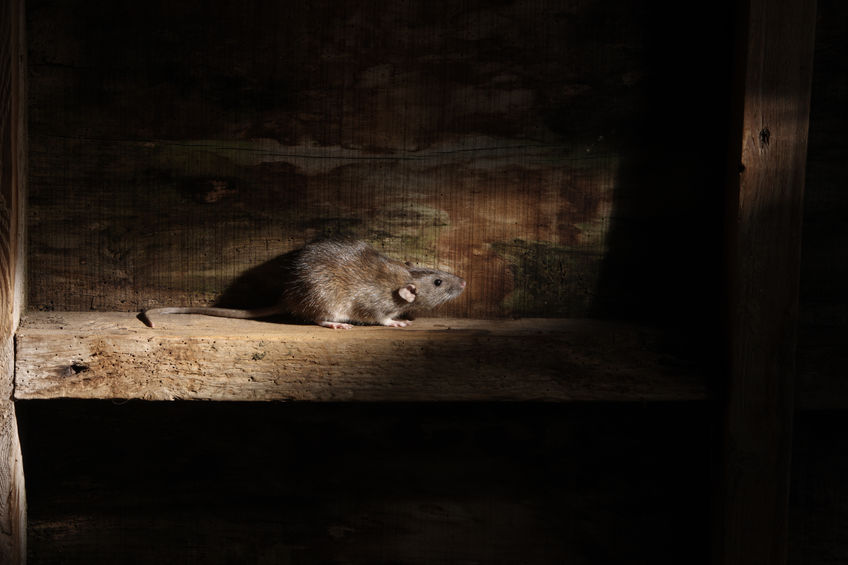As soon as mice enter the home, they are immediately busy at work building a nest. Mouse nests are the central base of a mouse infestation, and they serve as a storage area for food, a nursery for the young, and place to rest after a busy day of foraging. Let’s take a look at how you can find and destroy these nests.
Identifying a mouse nest
So what does a mouse nest look like? Well, it looks surprisingly like a bird nest. To build these nests, a mouse will use pretty much anything that they can find in their environment. If they’re outdoors, they will use grass, straw or twigs, and indoors, they will use furniture padding, insulation, paper, string, and fiberglass. If you spot a big ball of textile and textile-like material anywhere in your home, then you’ve probably come across a mouse nest. Alternatively, it could be a rat’s nest. Either way, not good news.
Where are mouse nests usually located?
Mice are reclusive creatures by nature, because they are very close to the bottom of the food chain. As such, they will seek to build their nests in hidden, dark areas. In the home, this means that you might find a mouse nest behind applications, the hot water heater in the garage, inside the walls, inside kitchen cabinets, and even under the hood of the car near the engine. Several of these areas will be inaccessible, so it might be hard to check for a nest inside them. Luckily, you don’t really need to find the nest to destroy an infestation.
What do you do when you spot a nest?
Whether you find a nest or spot other signs of an infestation, it’s important to get to action fast. Mouse infestations can be very stubborn, and an incomplete extermination will just lead to reinfestation. This is why it’s best to work with a pro when dealing with these nests. A pro will not try to locate the nest, although that is important for the cleanup process. Instead, he will look at areas of high mouse activity and then use traps or poisons in these areas to kill as many mice as possible. For more information on mouse behavior and the characteristics of their infestation, or if you need some help getting rid of an infestation, contact us today.

